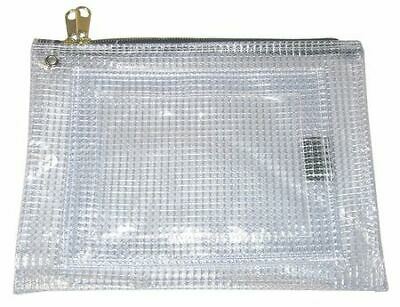-40%
War Of 1812 British Brown Bess Bayonet, Scabbard, Unit Marked
$ 145.19
- Description
- Size Guide
Description
Although it is not marked at all, this India Pattern bayonet was made in Great Britain by the firm John Gill sometime between 1797 and 1820. I have two other examples in my collection marked John Gill and all three were obviously made with the same tooling. I included photos of the broad arrow and WB (War Board) marked John Gill to compare to the unmarked one for sale here. The two bayonets are very similar in pattern and grinding marks. Again...the bayonet for sale is not marked. Beginning with the Revolutionary War period, most British bayonets began to be marked with a maker and/or supplier name, crown or arsenal inspector marks, and unit or musket numbers. By 1800, almost all newly British made ordnance was very well marked. Why would a registered arms supplier and cutler John Gill produce bayonets with absolutely no markings, if not to provide a product for expor? Just a theory, but could Britain export arms to the new United States "scrubbed" so to speak?It is possible this saw service during the War of 1812 by American troops but is definitely British made and could have seen engagements all over the British Kingdom world. These bayonets were issued during the Napoleanic Wars in the early 1800's.
Condition of the blade is very fine, nicely formed, with little pitting. The socket and elbow have some light to medium pitting. No active rust.
The early 1800's scabbard is marked with a unit or weapon number on the leather. The last few inches of the scabbard and the brass tip are gone but the leather is in very good condition for its age. I have not researched the leather markings.
The bayonet is in fine condition with a 17" blade and 4" .75 musket sized socket. Compared to the 1727 and 1768 patterns as seen in the next to last photo (for comparisons only, not for sale), the blade is beefier, stout, well finished, square ground shoulders, but not quite as wide at the base as the earlier patterns at 1 1/16". While Rev War Bess bayonet blades usually taper straight to almost a needle point, the India Patterns' blade starts off at a little over an inch, the taper is broader so that there is more "meat" on the blade toward the tip. The reinforcing collar is somewhat larger than on the sockets of most of the earlier Bess patterns. These are typical features of a post-Revolutionary War India Pattern. The last photo shows another John Gill India Pattern in a similar scabbard, first bayonet on the left.
In case you are new to Bess bayonets, India Pattern does not mean made in India, although some were. This is a British made Pattern 1795 bayonet for Brown Bess India Pattern flintlock muskets up through 1830 or so. In theory, the socket will fit Land Pattern muskets also but would require alteration of the sight or mortise.
The percussion Bess patterns used a shorter 3" socket.
If my memory serves, this came out of an estate in the Philadelphia area.
Please study the photos carefully so you know exactly what you will receive.
Thank you.




















